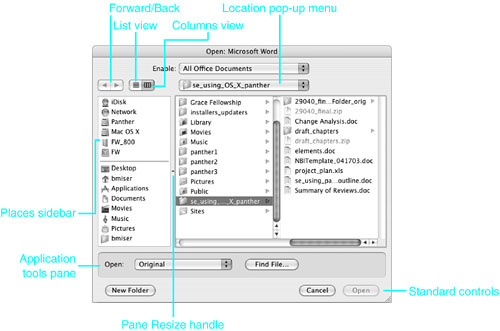
Check your Time Machine exclusions in System Preferences > Time Machine > Options. I’ve heard some people worry that you might need to remove and re-add excluded drives, but I’ve seen no issues with that. It’s worth noting that exclusions you set on the old Mac should also come over. In that case, the only downside to restarting your Time Machine backup (remove the drive from Time Machine, erase it in Disk Utility, and select it in Time Machine again) is losing access to older versions of changed files. There’s no problem in doing this, although it’s possible that Time Machine will back up a lot more files from the new Mac and thus fill up its drive. If you want to use your old Time Machine backup with your new Mac-and there’s no inherent reason why you shouldn’t-be aware that macOS will prompt you to inherit the backup history. I’m sure this is nowhere near a comprehensive list, so be sure to let us know in the comments about other things you’ve run into when moving to a new Mac.

So if you’re planning to buy a new Mac, here are some of the tasks that may be left for you after migration.


All of these relate to how the underlying identity of the Mac has changed, even if its name and the names of all the drives in play remain the same. It’s a nice idea, but in reality, there are numerous areas where Setup Assistant simply doesn’t-and probably can’t-save you from additional work. The promise implicit in Setup Assistant’s migration is that you won’t have to reconfigure everything and can just get back to work. What I do notice is that all the flakiness I was experiencing has disappeared-it’s nice to be able to restart without it being a production (see “ Six Lessons Learned from Dealing with an iMac’s Dead SSD,” 27 April 2020).ĭuring the setup of the new iMac, I had no issues migrating all my data from the Samsung T5 SSD that I had been using to boot the old iMac, but I was somewhat surprised at how much additional work was necessary afterward. The new machine is great, although I have to admit that I don’t notice much of a performance improvement over the old one, despite it having a much beefier CPU. Several weeks ago, I upgraded from a 2014 27-inch iMac with Retina display to Apple’s new 2020 version of the same model (see “ 27-inch iMac Receives Significant Update, Other iMacs Get a Nod,” 4 August 2020). Moving to a New Mac: What’s Left to Do After Migration?

#1624: Important OS security updates, rescuing QuickTake 150 photos, AirTag alerts while traveling.


 0 kommentar(er)
0 kommentar(er)
